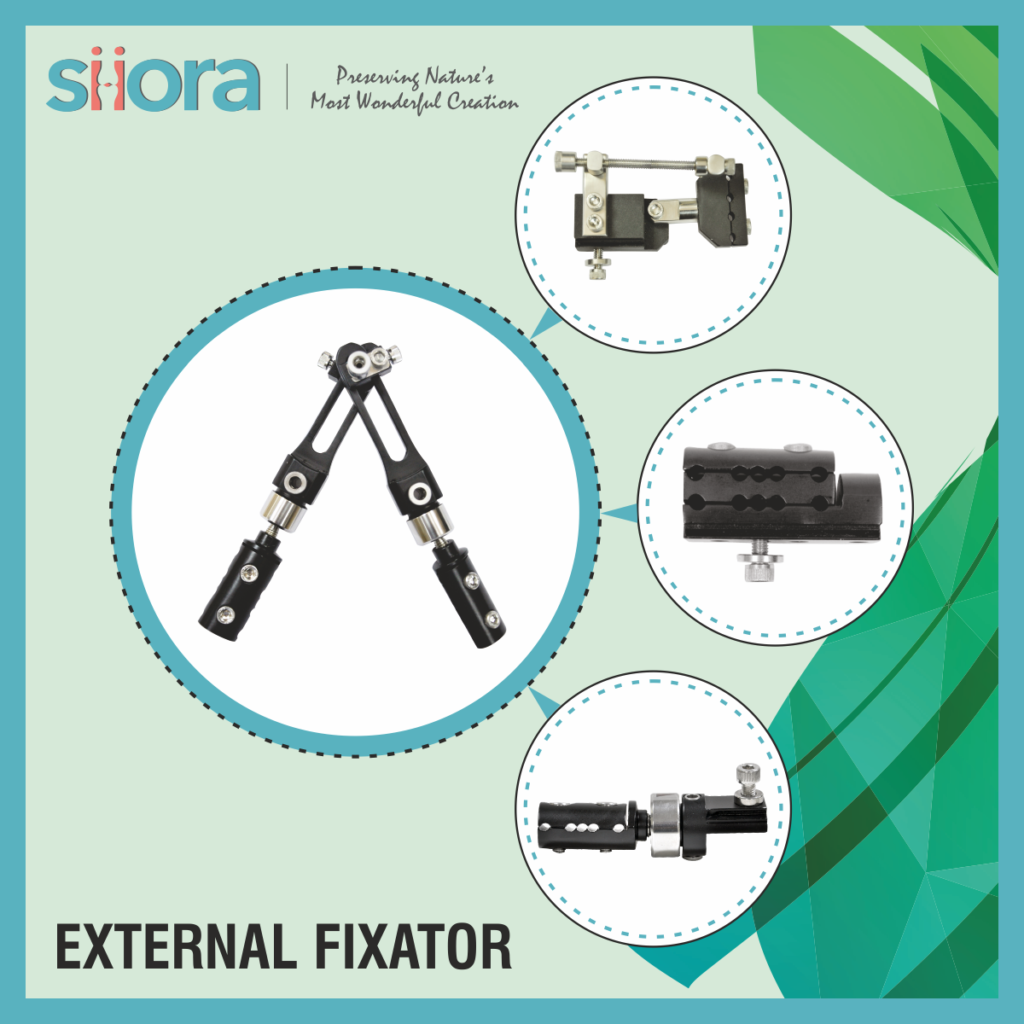With the increasing use of orthopedic implants globally, there is considerable interest in development of new technologies that improves clinical performance of treatment modalities and devices. Continuing research is also focusing in developing new biomaterials (e.g., polycarbonate urethanes, silicon) or novel formulations of existing but not commonly used biomaterials (e.g., polyaryletherketones, polyetheretherketone). There is also an increasing emphasis on customizing the material properties of composite materials and bioabsorbables with fillers such as bioactive ceramics. In terms of tissue engineering, more recent developments have focused on basic engineering and biological fundamentals to use signaling factors, cells, and the scaffold material itself to better restore tissue, organ structure, and function. There is recent controversy with the use of injectables as a nonsurgical approach to treat joint disorders, but more consideration is being directed towards the development of newer formulations with diverse molecular weights. The industry has also continuously sought to improve coatings to supplement the function of existing implants, with the goal of improving their osseointegrative qualities and incorporating antimicrobial properties e.g. use of bone morphogenetic protein, iodine, bisphosphonates, calcium phosphate, and silicon nitride. Because of the extensive use of bone graft materials, recent developments in synthetic graft materials have explored further development of bioactive glass, ceramic materials, and porous titanium particles.
Design
The design of an orthopedic device requires understanding of different aspects like bulk material and coatings. Novel bulk biomaterials or novel formulations of existing biomaterials are being considered to improve their wear characteristics and durability, as well as interaction with the surrounding biological environment. There is also a growing emphasis on customizing the material properties of bioabsorbables and composite materials with fillers for non-permanent devices. Nonpermanent devices may also include the use of cells, signaling factors, or scaffold material to better restore tissue function. Although many types of coatings, such as beaded, plasma spray, and sintered etc., are widely used on orthopedic devices. The goal is to improve their osseointegrative qualities and incorporate antimicrobial properties. The improvements in synthetic graft materials are sought in the situations where bone substitutes are needed. The efforts are going on in biomaterials research for orthopedic applications.
Contemporary materials, such as cobalt chrome, polyethylene, and ceramic (alumina, zirconia), are widely accepted as bulk biomaterials for orthopedic implants. These materials are used by orthopedic implants manufacturer in Indonesia and abroad. The biomaterials must take biocompatibility and their mechanical properties, such as strength, wear, and load-carrying capacity, into consideration. Bioabsorbables and their composite counterparts continue to expand in their applications, with an increasing focus on customizing the material properties of the bioabsorbable components.
Despite the effective clinical performance of contemporary orthopedic implants, with the anticipated growth in their use and increasing demands placed on the devices by the patients, improving the performance of the devices using “new” biomaterials may aid in addressing these needs. The ability to translate in vitro evaluations, animal studies, and pilot clinical studies to larger scale use will help to determine the viability of many of these biomaterials from a standpoint of safety and efficiency, but also from a commercial standpoint in terms of being able to produce these biomaterials on a large scale and in a cost-effective manner.
